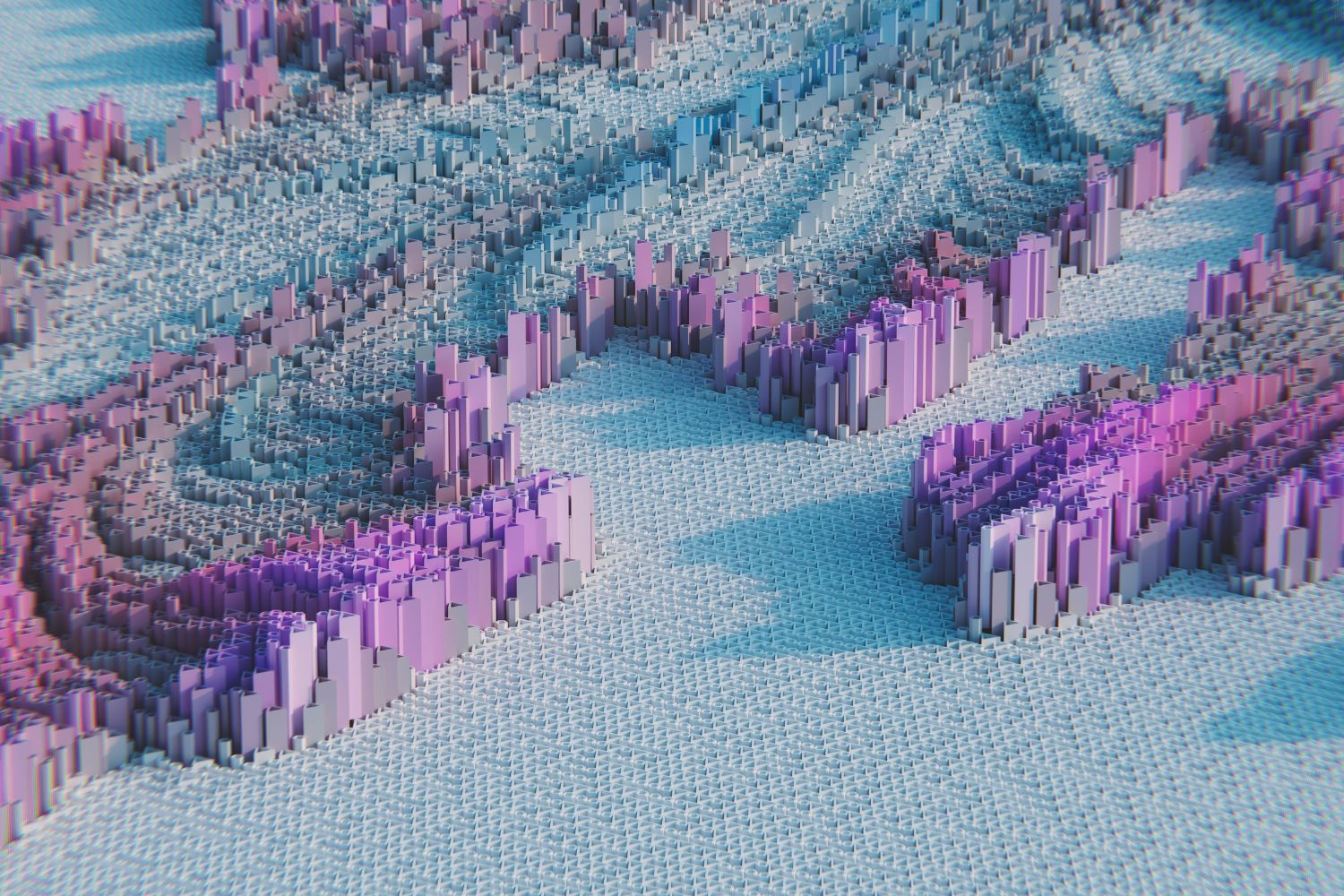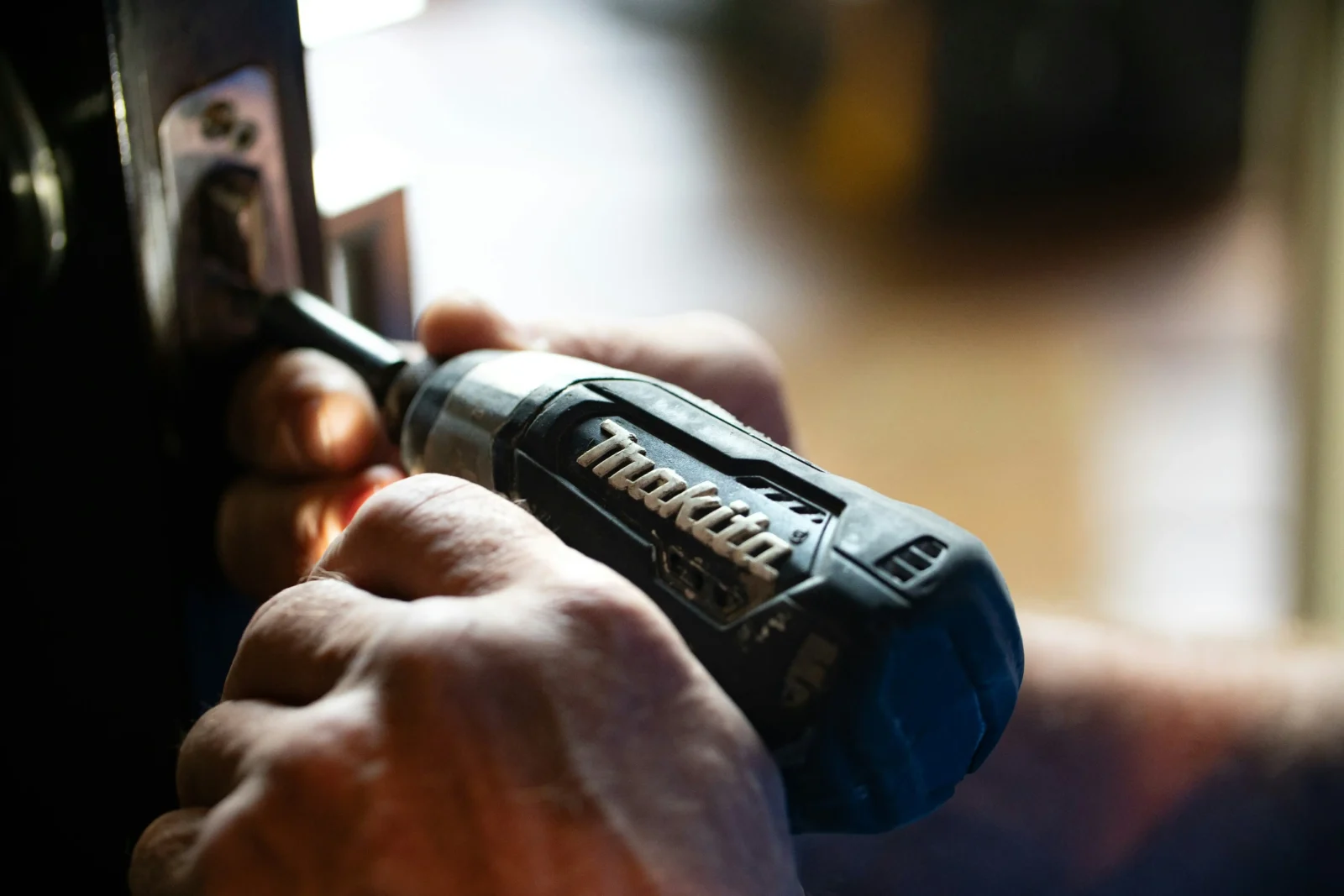- Home
- Articles
- Architectural Portfolio
- Architectral Presentation
- Inspirational Stories
- Architecture News
- Visualization
- BIM Industry
- Facade Design
- Parametric Design
- Career
- Landscape Architecture
- Construction
- Artificial Intelligence
- Sketching
- Design Softwares
- Diagrams
- Writing
- Architectural Tips
- Sustainability
- Courses
- Concept
- Technology
- History & Heritage
- Future of Architecture
- Guides & How-To
- Art & Culture
- Projects
- Interior Design
- Competitions
- Jobs
- Store
- Tools
- More
- Home
- Articles
- Architectural Portfolio
- Architectral Presentation
- Inspirational Stories
- Architecture News
- Visualization
- BIM Industry
- Facade Design
- Parametric Design
- Career
- Landscape Architecture
- Construction
- Artificial Intelligence
- Sketching
- Design Softwares
- Diagrams
- Writing
- Architectural Tips
- Sustainability
- Courses
- Concept
- Technology
- History & Heritage
- Future of Architecture
- Guides & How-To
- Art & Culture
- Projects
- Interior Design
- Competitions
- Jobs
- Store
- Tools
- More
Ultimate Guide to Video Face Swap: Tools, Tips & Ethics

Face swapping isn’t just for memes anymore, with modern AI technology, you can create realistic video face swap effects for short clips, marketing content, or creative media projects. If you’re experimenting, start with a gif face swap to practice with short animations. From there, you can scale up to full video face swap workflows. This article covers how video face swap works, the best tools, practical steps, common problems, legal and ethical considerations, and a pre-publish checklist so your final result is smooth, believable, and responsible.
Table of Contents
ToggleHow Video Face Swap Works
Most video face swap systems follow a multi-step process:
- Face Detection & Landmark Mapping
AI identifies key facial points (eyes, nose, mouth, jawline) in every frame.
- Alignment & Warping
The source face is geometrically aligned to match the target face’s pose and angle.
- Blending & Color Matching
Skin tone, shadows, and lighting are harmonized to make the swapped face appear natural.
- Temporal Smoothing
Algorithms ensure frames transition smoothly to prevent flickering or jitter.
- Neural Refinement
Deep learning models correct small artifacts, reconstruct occluded areas, and enhance details for realism.
Some systems also support expression transfer, making the swapped face mirror the target’s facial movements or speech patterns for an even more convincing result.

Step-by-Step Guide to Video Face Swap
To create a smooth video face swap, follow these steps:
- Select Source & Target Media
- Use videos where the face is clear, evenly lit, and minimally occluded.
- Source images or clips should cover multiple angles and expressions for better AI training.
- Use videos where the face is clear, evenly lit, and minimally occluded.
- Load & Map Faces
- Upload your media and allow the software to detect faces and map landmarks.
- High-resolution settings are recommended for the best quality.
- Upload your media and allow the software to detect faces and map landmarks.
- Refine Blending
- Adjust mask edges, feather transitions, and match lighting to ensure a natural look.
- Restrict swapping to just the face to avoid issues with hair, ears, or backgrounds.
- Adjust mask edges, feather transitions, and match lighting to ensure a natural look.
- Apply Temporal Adjustments
- Smooth motion and correct frame-to-frame inconsistencies to eliminate flicker.
- Manually fix frames with visible artifacts as needed.
- Smooth motion and correct frame-to-frame inconsistencies to eliminate flicker.
- Export & Review
- Export in high quality.
- Inspect the video closely, especially during motion or transitions, and reprocess any problematic frames.
- Export in high quality.
Pro tips: Match lighting between source and target, include a variety of expressions, and avoid extreme camera angles to improve realism.
Mobile vs Desktop vs Cloud Approaches
| Platform | Pros | Cons | Best Use Cases |
| Mobile Apps | Fast, convenient | Limited control, lower resolution | Social media, short clips |
| Desktop / Local | Full control, privacy, high quality | Requires hardware, learning curve | Professional work, client projects |
| Cloud | Scalable, no local hardware needed | Costs, privacy concerns | Marketing campaigns, agencies |
Experimentation is easiest on mobile or cloud. Serious projects or privacy-sensitive work benefit from desktop/local setups.
Legal, Ethical, and Safety Considerations
Before creating ai face swap, follow these guidelines:
- Obtain consent for anyone whose face is used.
- Avoid misleading content or impersonation that could harm someone.
- Label synthetic content to show it’s AI-generated.
- Follow copyright law and platform rules.
- Consider watermarking or embedding metadata to signal AI content.
Misuse can damage privacy, reputation, and trust. Legal risk is higher for explicit or non-consensual deepfakes, especially in certain jurisdictions.

Troubleshooting Common Issues
- Edge flicker or jitter → Apply temporal smoothing or stabilize frames.
- Skin tone mismatch → Use color grading and tone matching.
- Expression artifacts → Provide diverse source expressions or restrict to neutral faces.
- Head tracking drift → Re-run alignment or lock mapping points.
- Multiple faces → Use masks or isolate a single face in processing.
Complex scenes may require manual correction for optimal results.
Pre-Publish Checklist
Before publishing your video face swap:
- Ensure consent is obtained.
- Review every few seconds for artifacts.
- Clearly label or watermark as AI-generated.
- Export in high resolution and proper codec.
- Back up all original media.
FAQs
Q: What is video face swap and is it legal?
A: Video face swap is AI-based replacement of faces in video. It is legal if done with consent, non-deceptive, and compliant with laws.
Q: How do I perform a video face swap on my phone?
A: Use a mobile app, upload source and target, process the swap, and refine before exporting.
Q: Which app is best for video face swap?
A: Depends on needs. Cloud tools like DeepSwap are simple; desktop/local tools like Roop offer more control.
Q: Can video face swaps be detected?
A: Yes. Detection tools analyze lighting inconsistencies, edge artifacts, and temporal flicker to flag manipulation.
Q: Is it safe to post video face swaps online?
A: Yes, with consent, clear labeling, and adherence to platform rules.
Conclusion
Now that you understand video face swap — from detection to blending to ethics — you can experiment responsibly. For full-scale projects and higher-quality results, try a ai video face swap solution. With careful workflow, attention to detail, and ethical practice, your face swaps can be realistic, creative, and safe to share.
illustrarch is your daily dose of architecture. Leading community designed for all lovers of illustration and #drawing.
Submit your architectural projects
Follow these steps for submission your project. Submission FormLatest Posts
10 Interesting Facts About Zaha Hadid
Zaha Hadid was a visionary architect whose fluid forms, bold experimentation, and...
Online 3D Terrain Mapping Tools for Urban and Landscape Design in 2025
A curated guide to the best online 3D terrain mapping tools in...
Common Emergency Repairs Every Homeowner Should Be Ready For
For most of us, when something goes wrong, we have a propensity...
Designing, Retrofitting, and Valuing Non-Standard Homes in Britain
Britain’s housing stock carries a quiet contradiction. From the street, many homes...












Leave a comment